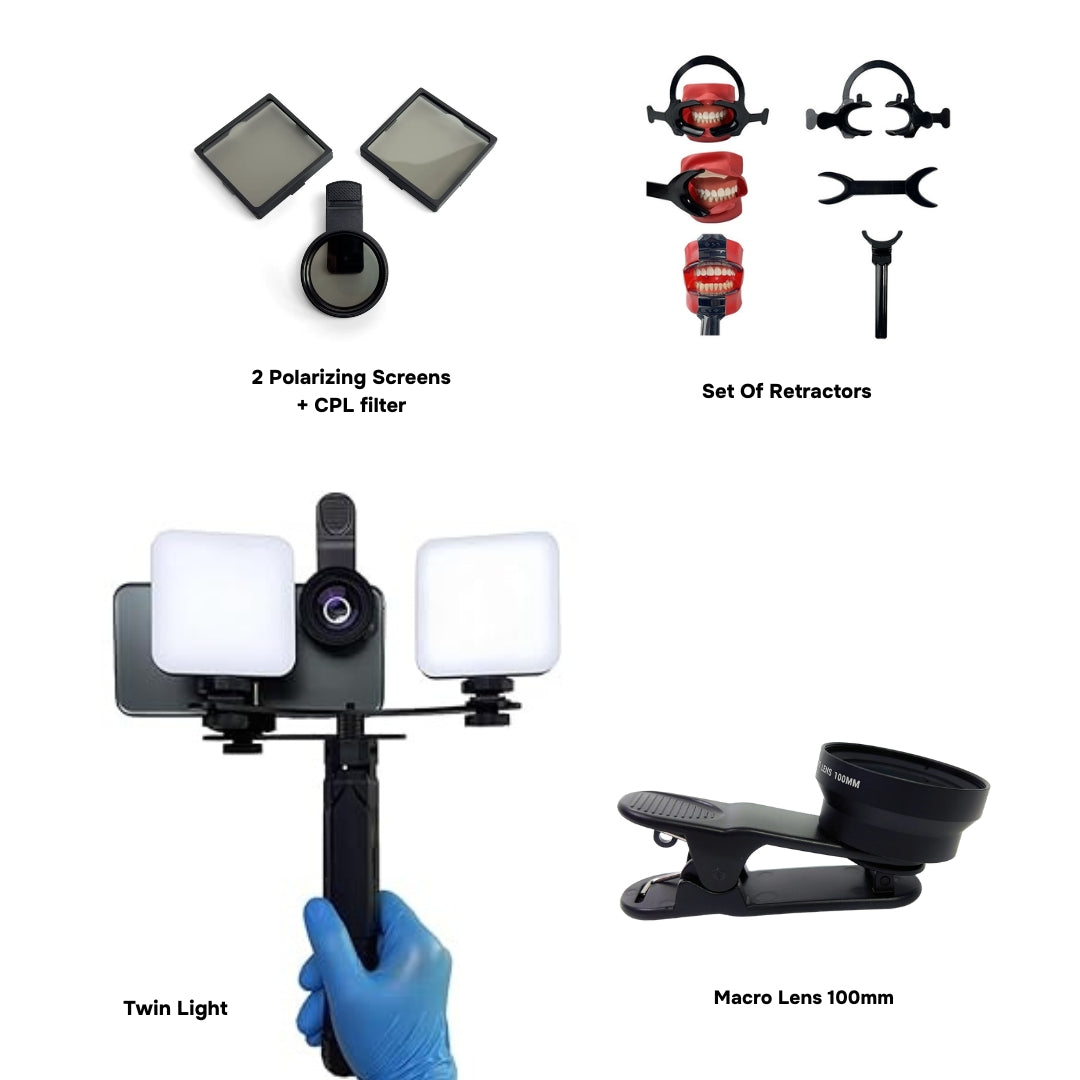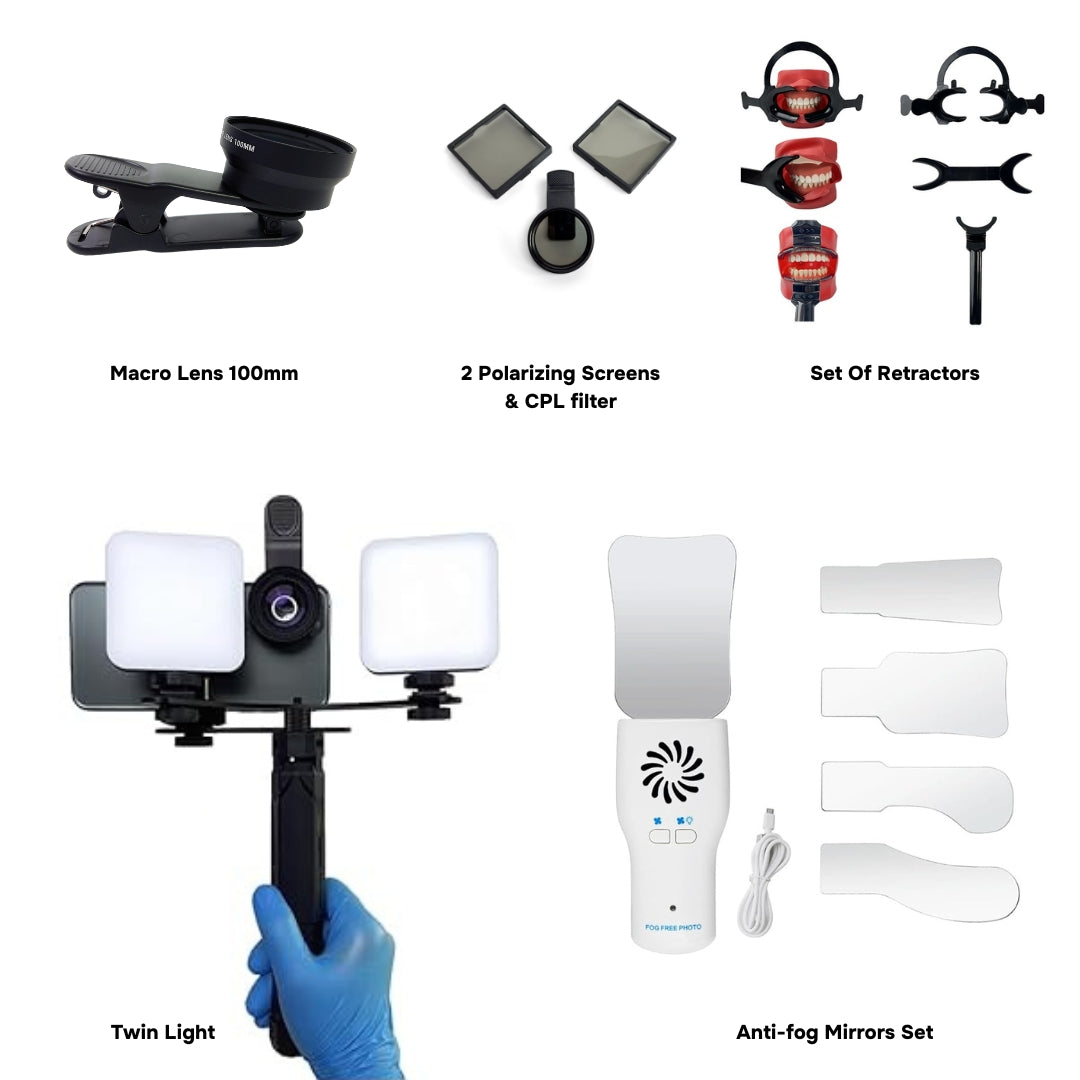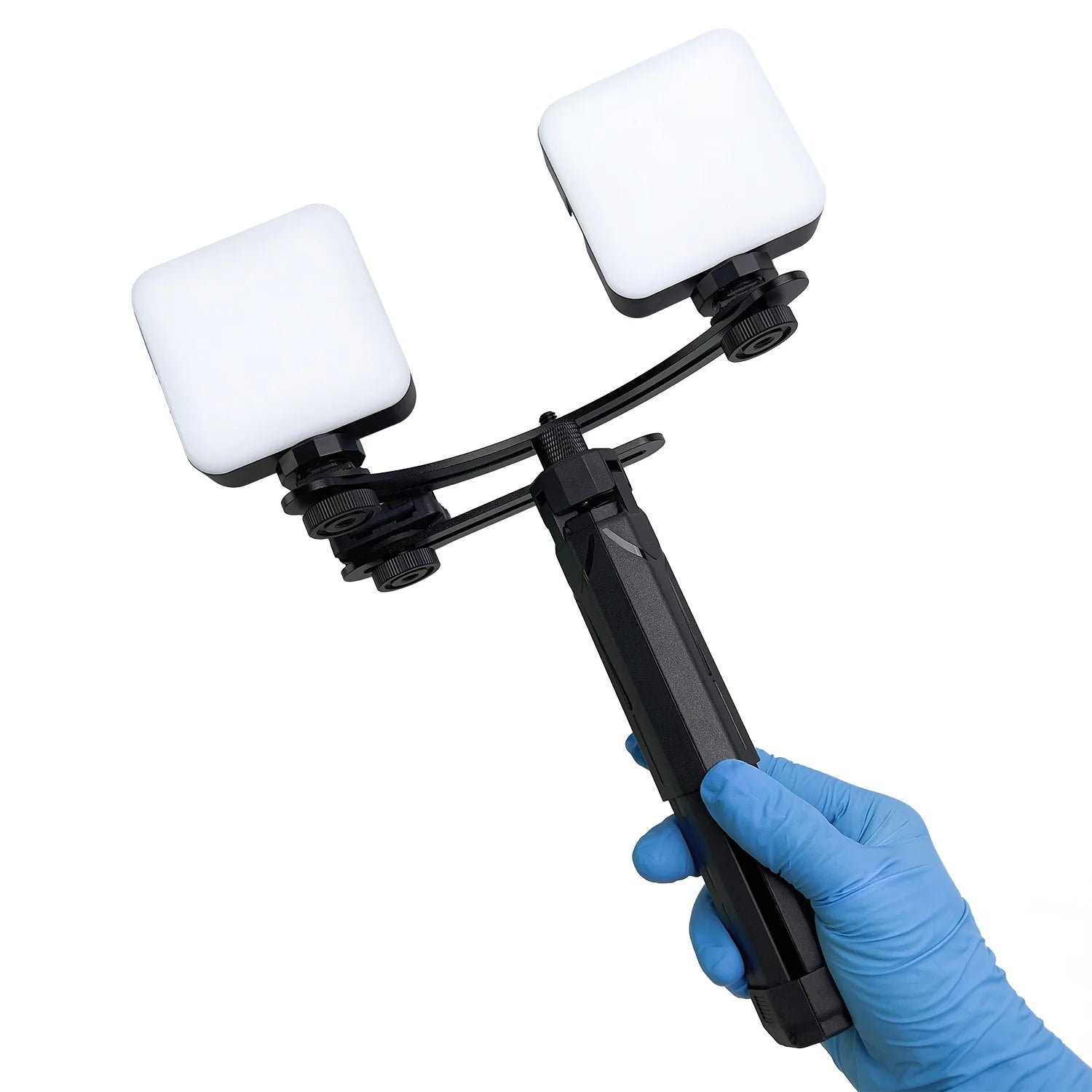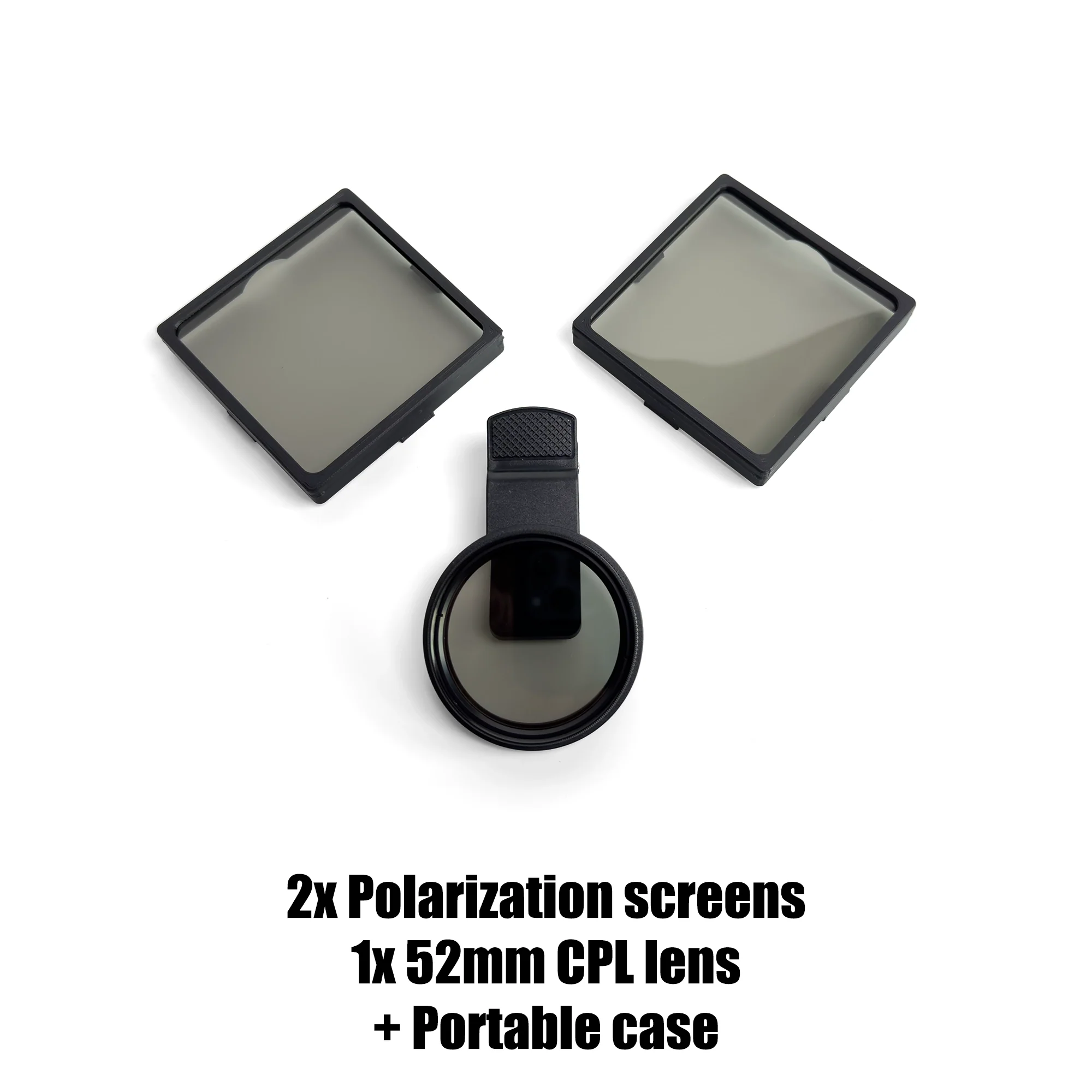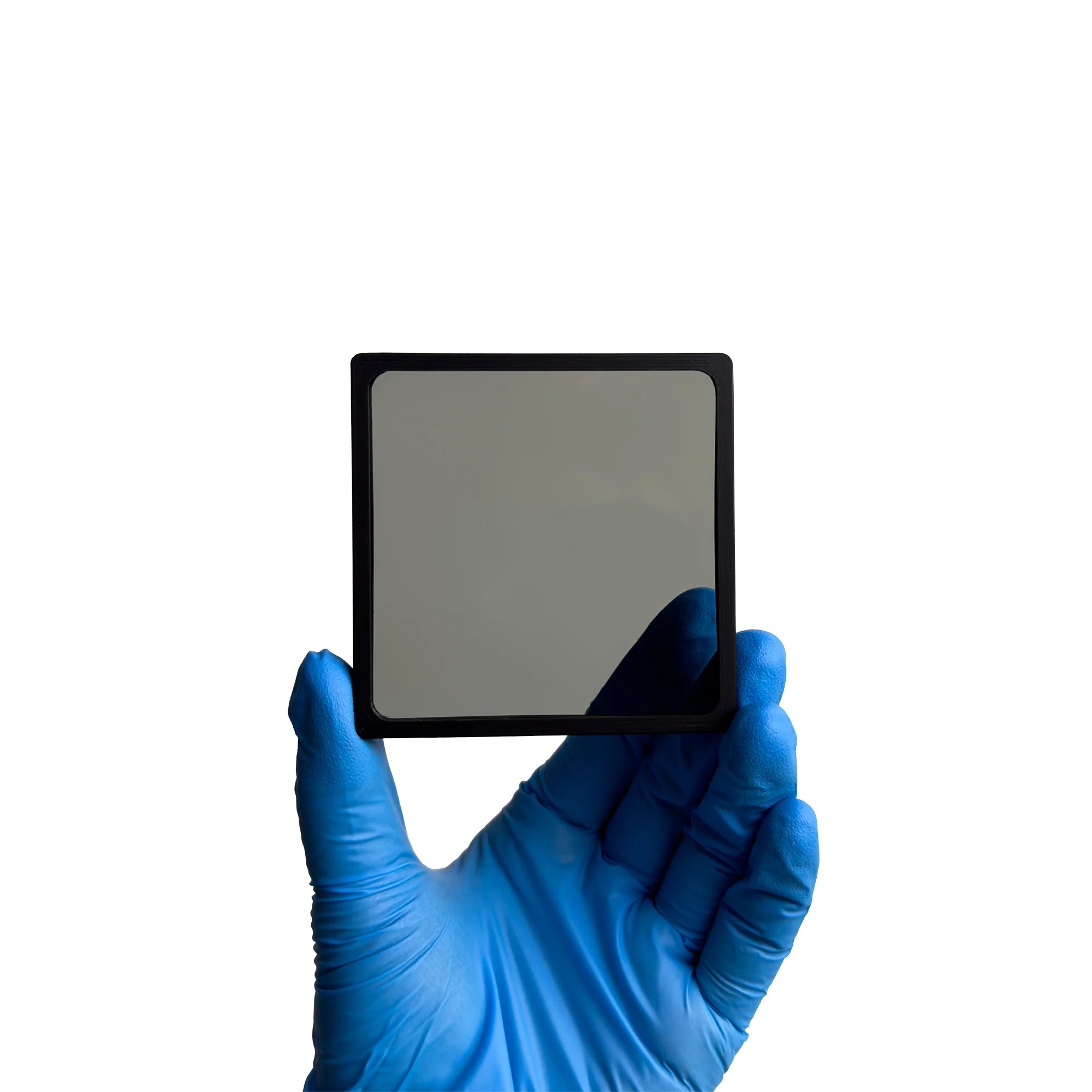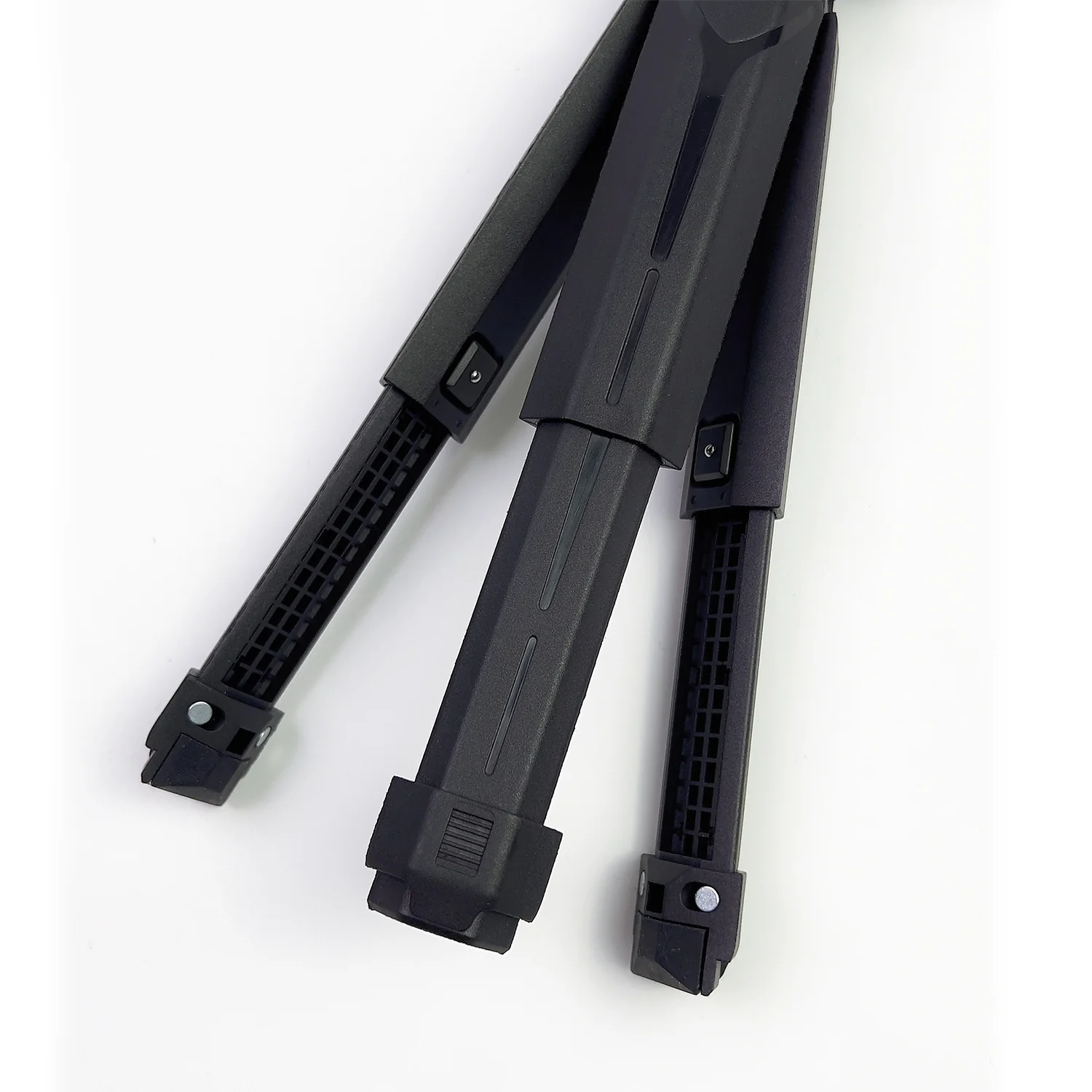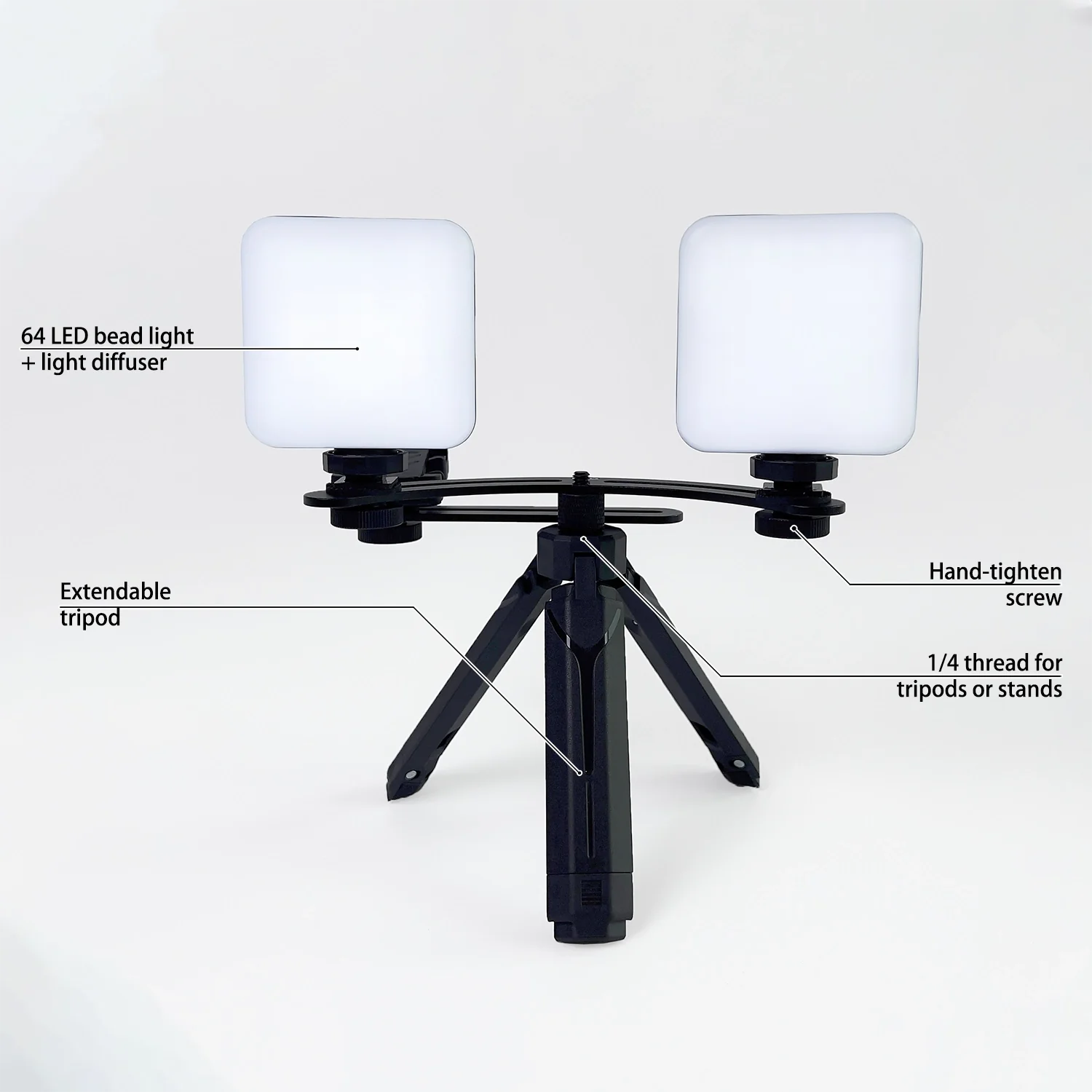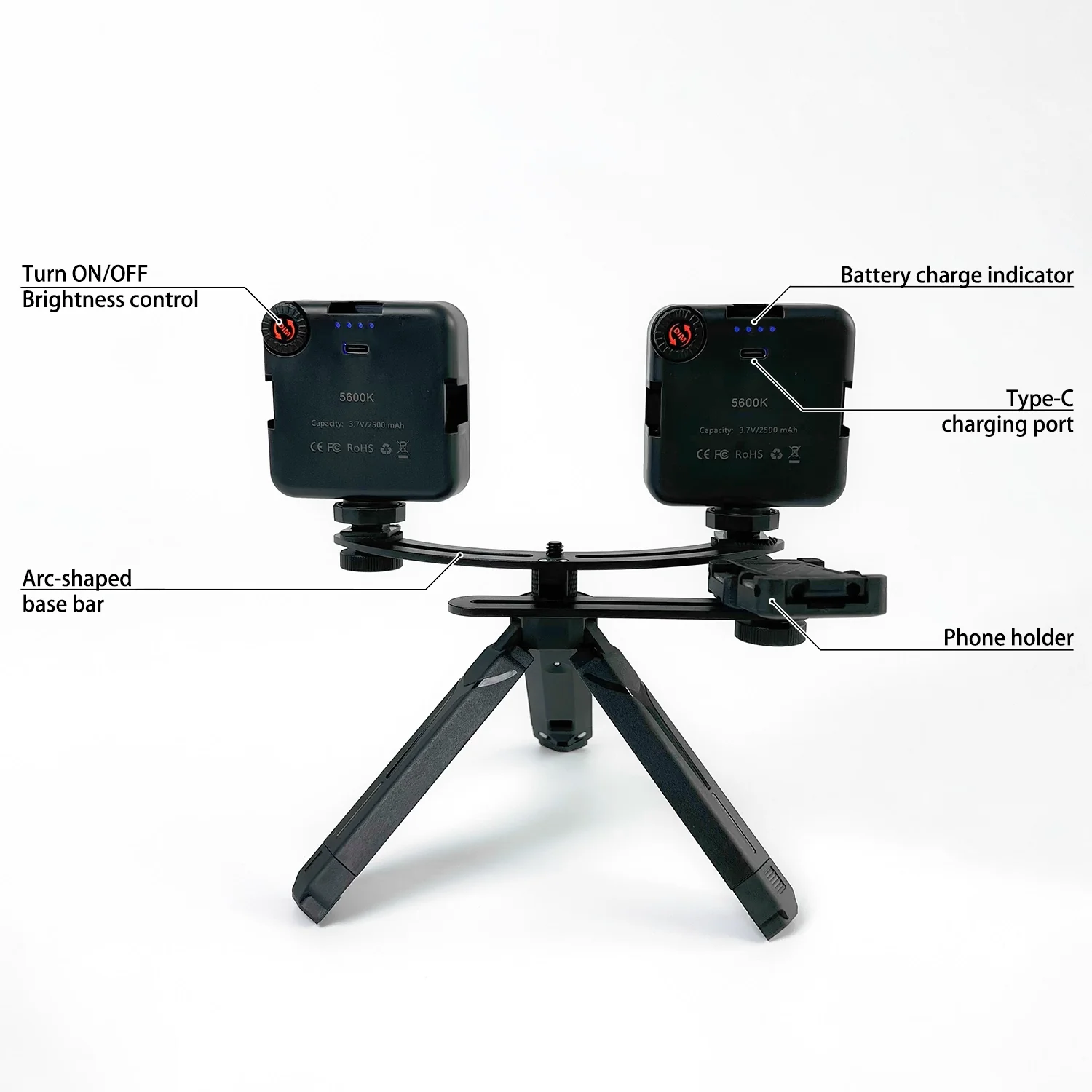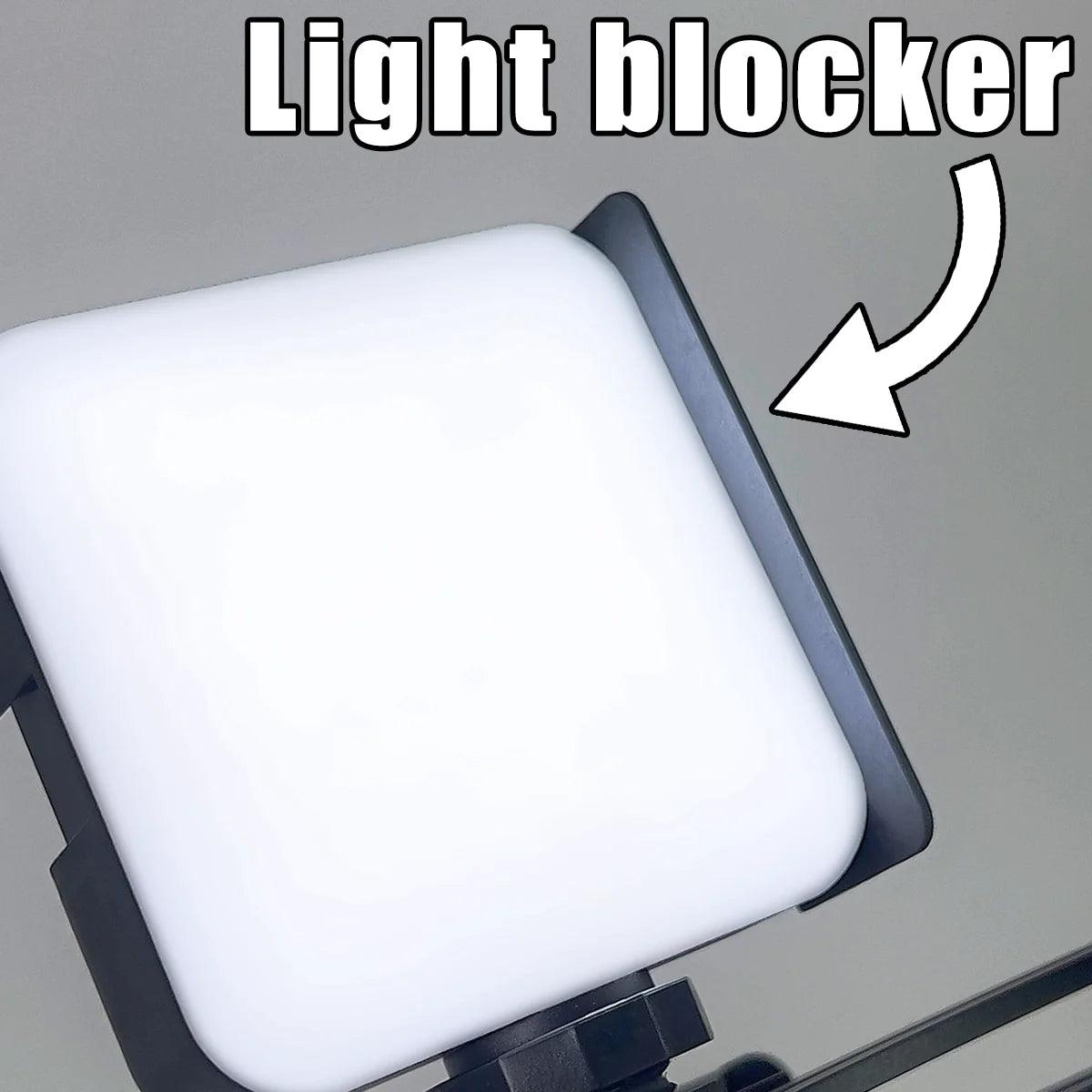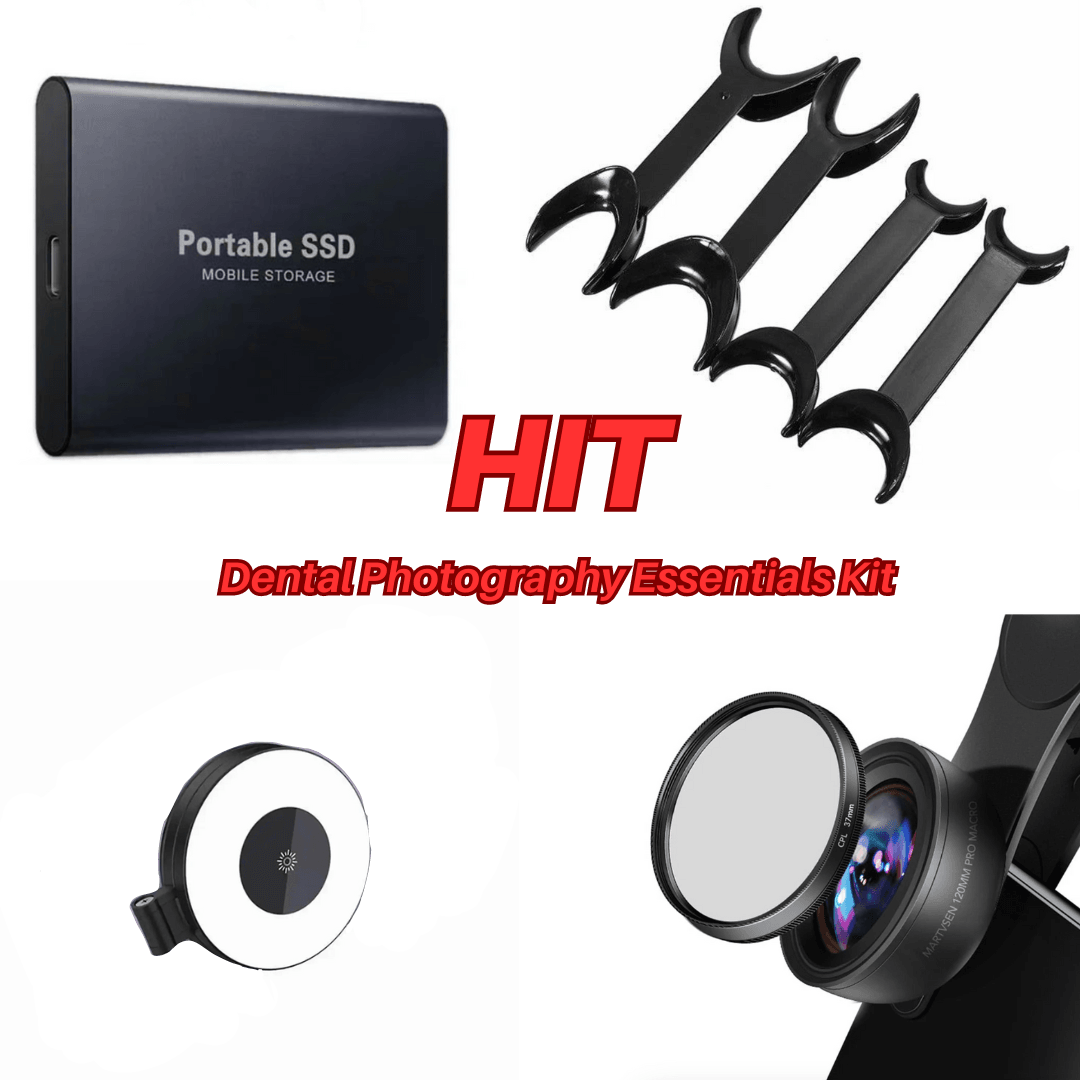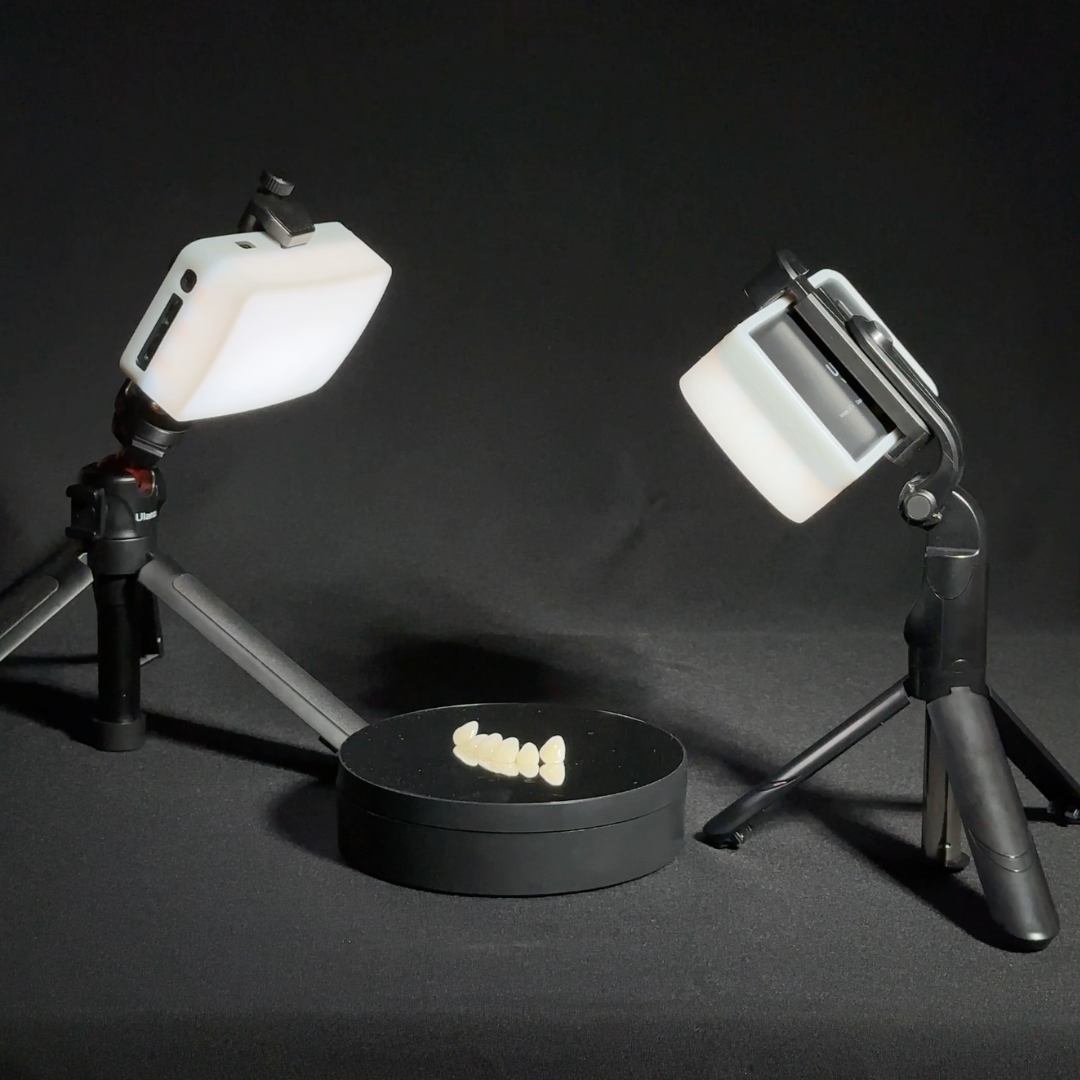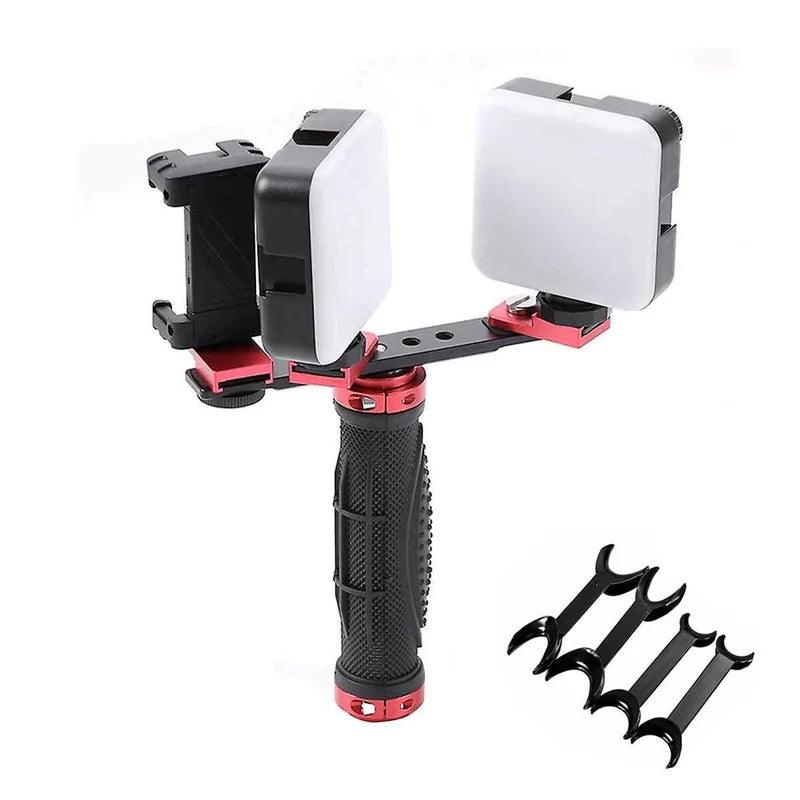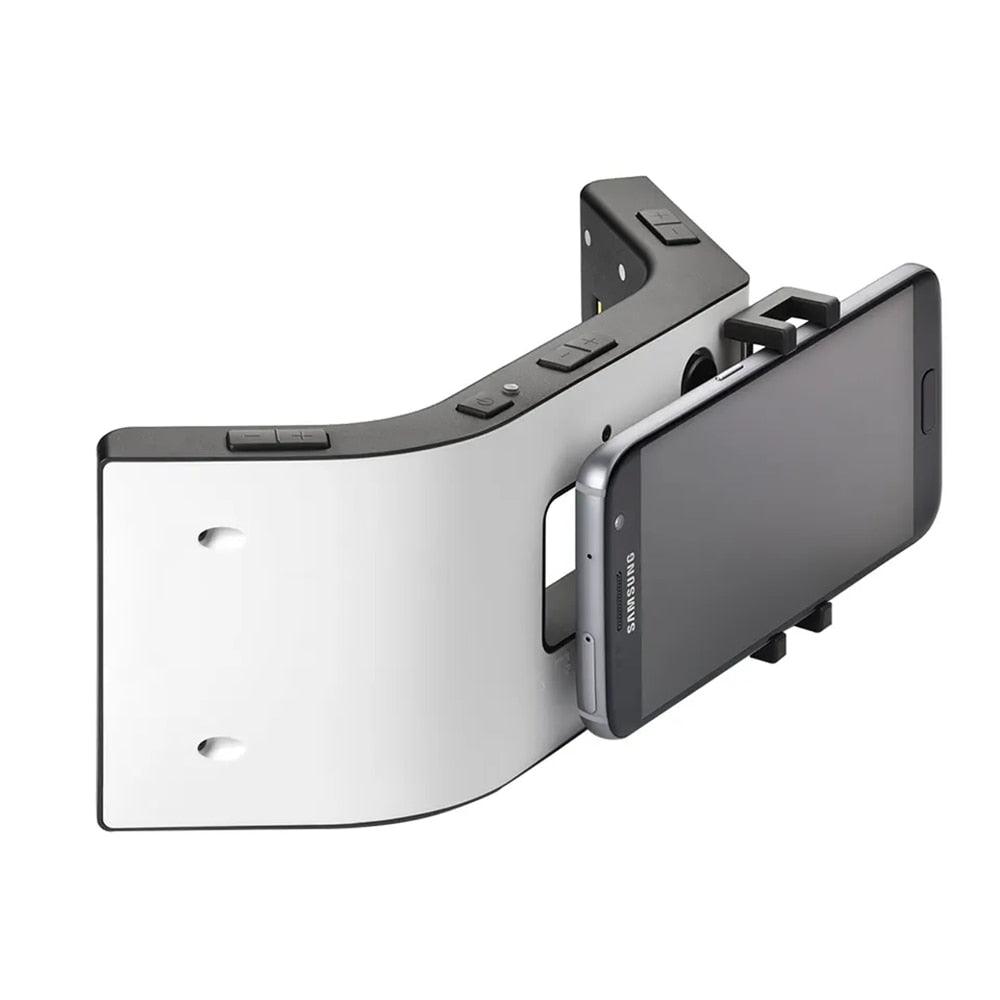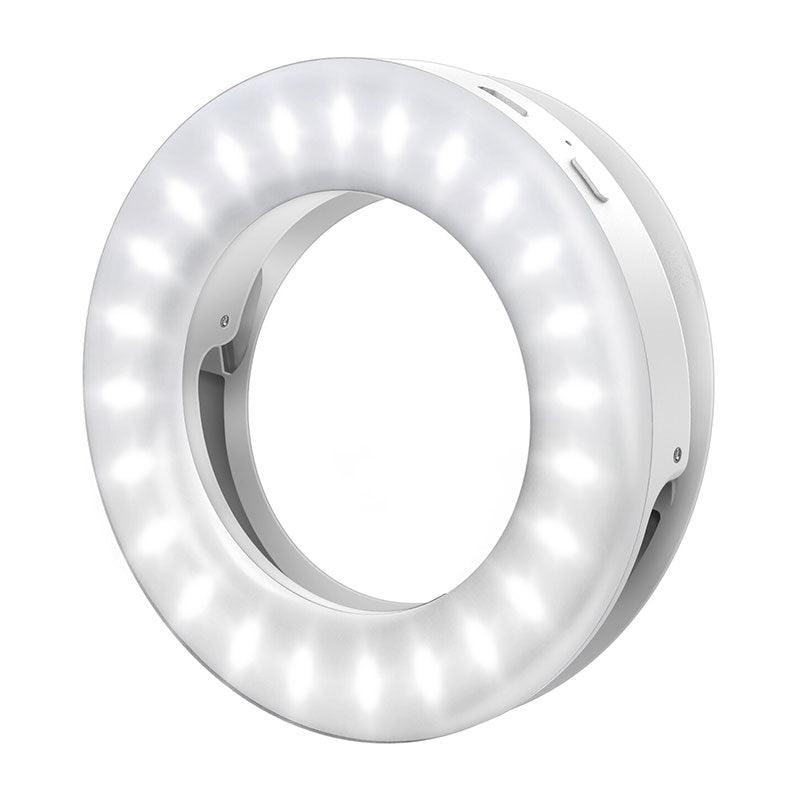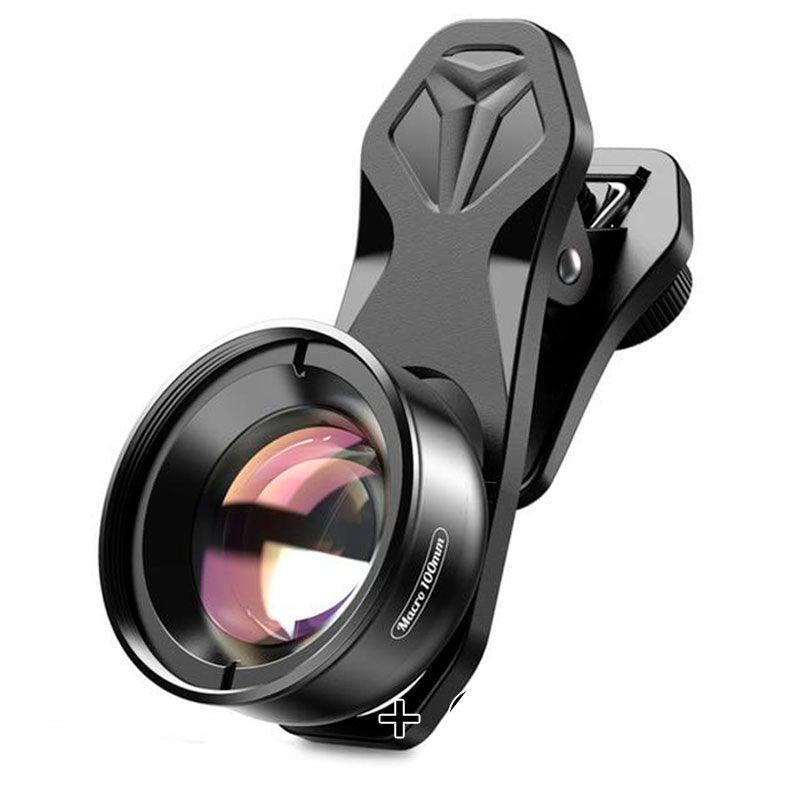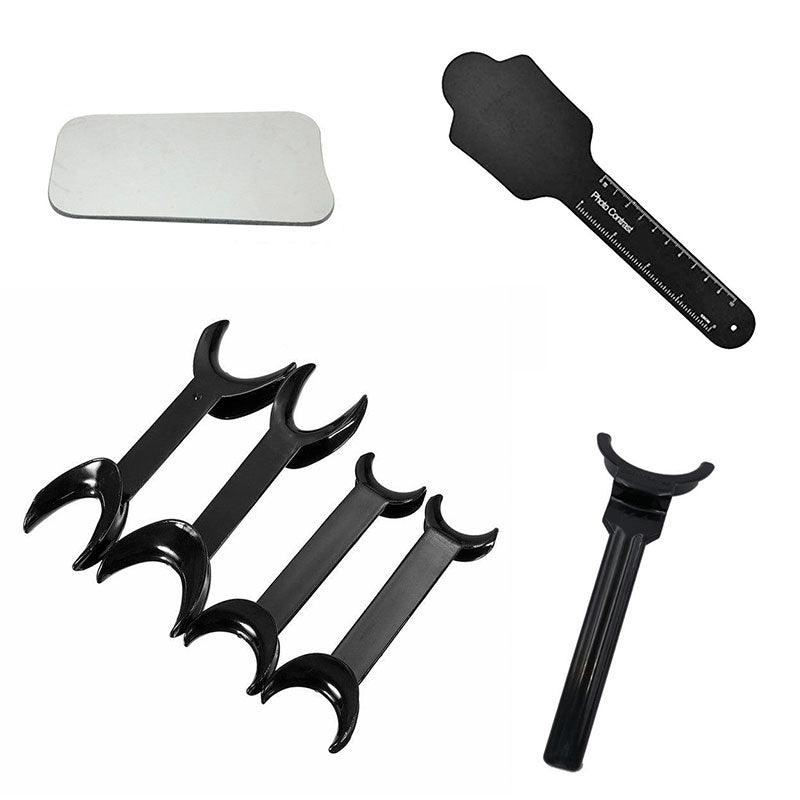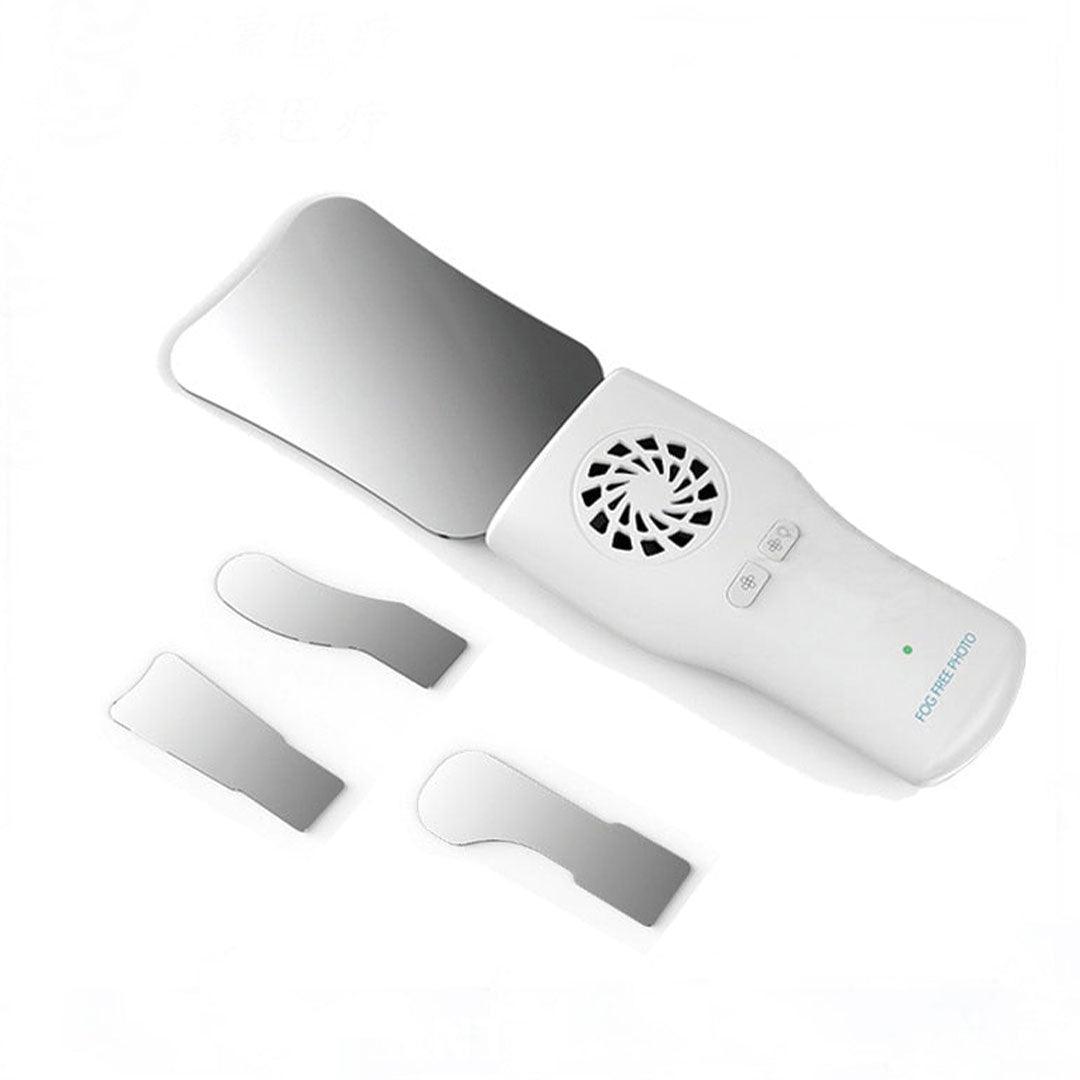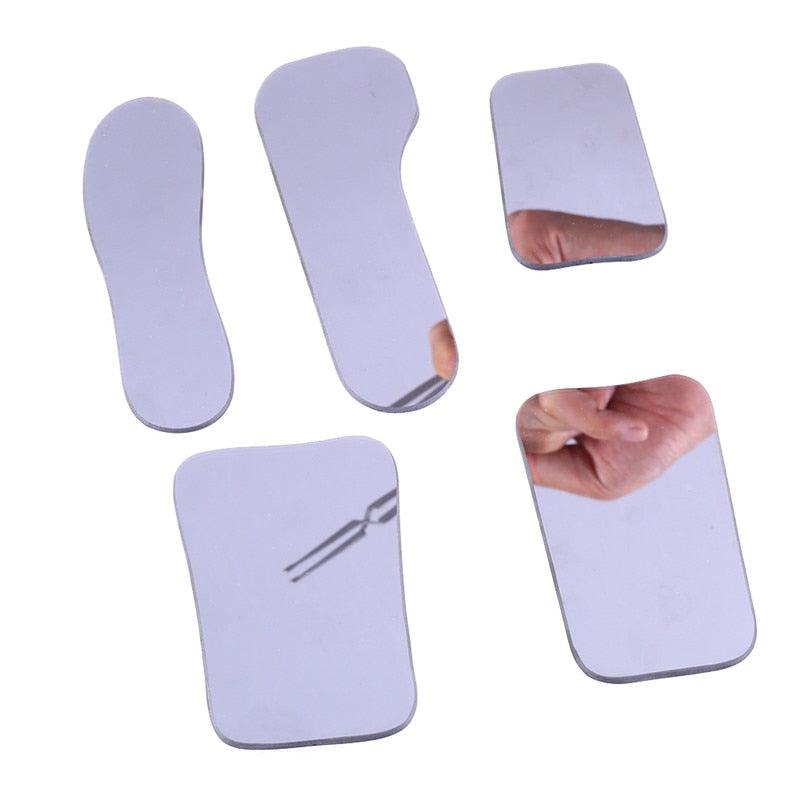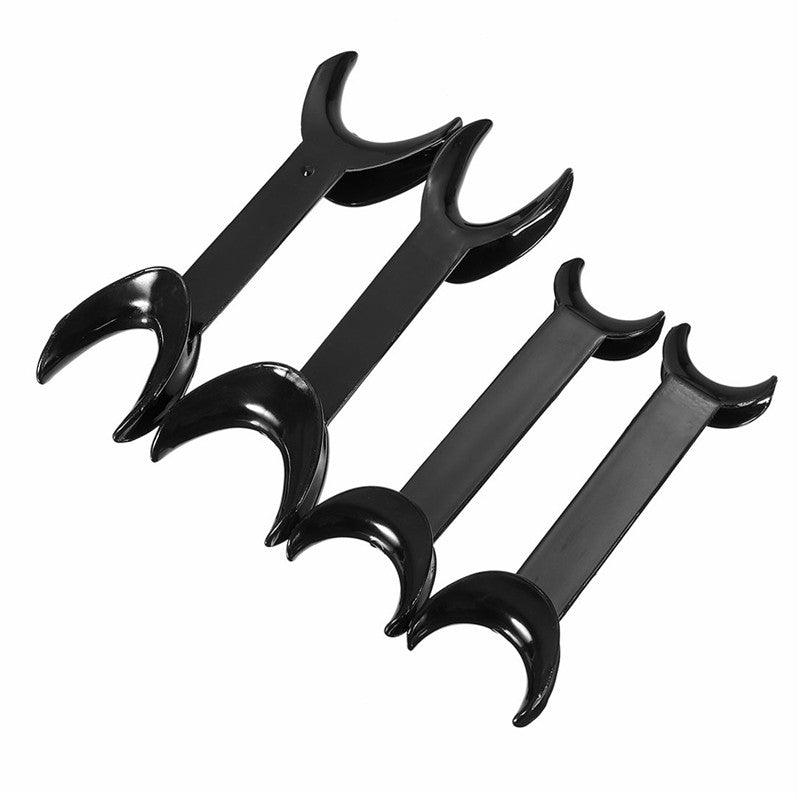Dental photography is a specialized field that demands high-quality equipment for capturing precise and detailed images. If you’re new to dental photography, selecting the right camera might feel overwhelming. This guide outlines the key features to look for in a dental photography camera and highlights the top options for 2024.
Why Choose a Specialized Camera for Dental Photography?
High-quality dental images are essential for documentation, diagnosis, treatment planning, and marketing. While smartphone cameras have improved significantly, they lack the precision, control, and flexibility offered by dedicated cameras. Investing in the right camera ensures you can capture detailed, professional-grade photos that meet clinical and aesthetic standards.
DSLR Cameras for Dental Photography
Overview:
DSLR (Digital Single Lens Reflex) cameras are a popular choice for their versatility and reliability. They feature interchangeable lenses, high image quality, and manual controls, making them ideal for both beginners and professionals.
Recommended DSLR Cameras:
- Canon EOS Rebel T8i: Offers excellent image quality and an intuitive vari-angle LCD screen for capturing hard-to-reach angles.
- Nikon D5600: Known for its robust features, compact design, and high-resolution imaging, this DSLR is a top pick for dental photography.
Why Choose a DSLR?
- Interchangeable lenses for flexibility in various shooting scenarios.
- Manual settings for precise control over exposure, white balance, and focus.
- Ability to shoot in RAW format for advanced post-processing.
Point-and-Shoot Cameras for Dental Photography
Overview:
Point-and-shoot cameras are compact, lightweight, and easy to use. While they lack the versatility of DSLRs, they are ideal for those seeking simplicity and portability. Modern models offer advanced features like built-in Wi-Fi for seamless file transfers.
Recommended Point-and-Shoot Cameras:
- Canon PowerShot G7 X Mark III: Delivers sharp images in a portable package, with excellent color accuracy and user-friendly controls.
- Sony Cyber-shot DSC-RX100 VII: Combines professional-level image quality with a sleek, compact design, making it perfect for quick dental shots.
Why Choose a Point-and-Shoot?
- Compact size and ease of use.
- Affordable option for those starting with dental photography.
- Integrated connectivity features for quick file sharing.
Mirrorless Cameras for Dental Photography
Overview:
Mirrorless cameras have gained popularity due to their lightweight design and advanced capabilities. They offer interchangeable lenses like DSLRs but lack an optical viewfinder, relying on an electronic viewfinder or rear LCD screen instead.
Recommended Mirrorless Cameras:
- Sony Alpha a7 III: Offers full-frame quality with exceptional color accuracy and dynamic range.
- Panasonic Lumix DC-GH5S: Known for its outstanding video capabilities and high-resolution stills, making it versatile for clinical and educational use.
Why Choose a Mirrorless Camera?
- Lightweight and compact for ease of handling.
- Advanced autofocus systems for quick and accurate image capture.
- Excellent image quality with support for various lens options.
Key Features to Consider in a Dental Photography Camera
- Resolution: Look for at least 16-24 megapixels for detailed, high-resolution images suitable for diagnostics and marketing.
- RAW Format Support: Essential for post-processing, RAW format retains all image data for precise adjustments.
- White Balance Control: Accurate color representation is critical for assessing tooth shades and gum health.
- Vari-Angle LCD Screen: Useful for capturing images from challenging angles, such as intraoral or occlusal views.
- Manual Settings: Ensure the camera allows you to adjust aperture, ISO, and shutter speed for consistent results.
Tips for Choosing the Right Camera
- Define Your Needs: Determine whether you need detailed clinical documentation, marketing images, or educational content.
- Set a Budget: DSLRs and mirrorless cameras are pricier but offer more flexibility. Point-and-shoot cameras are affordable alternatives.
- Read Reviews: Research feedback from dental professionals to find a camera that meets your specific requirements.
Conclusion
Selecting the right camera for dental photography is an investment in your practice's quality and reputation. Whether you opt for a DSLR, mirrorless, or point-and-shoot camera, ensure it meets your clinical and professional needs. For even better results, consider pairing your camera with the right accessories, such as macro lenses, flashes, and tripods.
By following this guide, you’ll be well-equipped to capture stunning, professional-grade dental images that enhance diagnosis, patient communication, and marketing efforts. Start exploring your options today to elevate your dental photography game!

